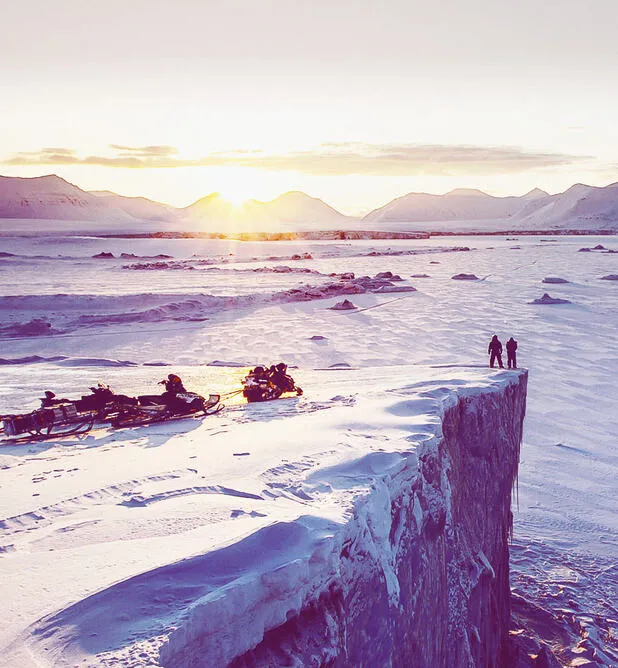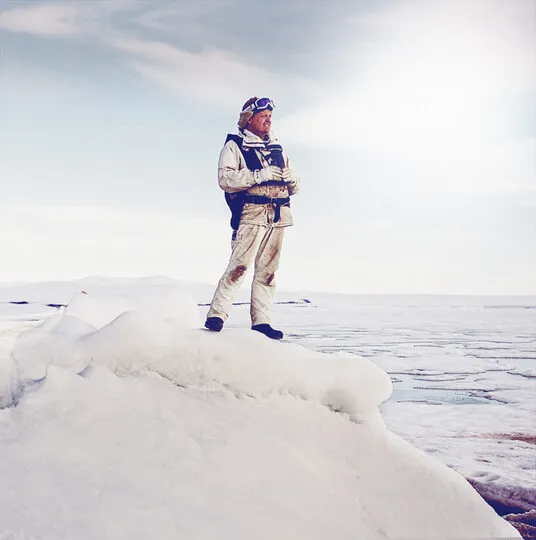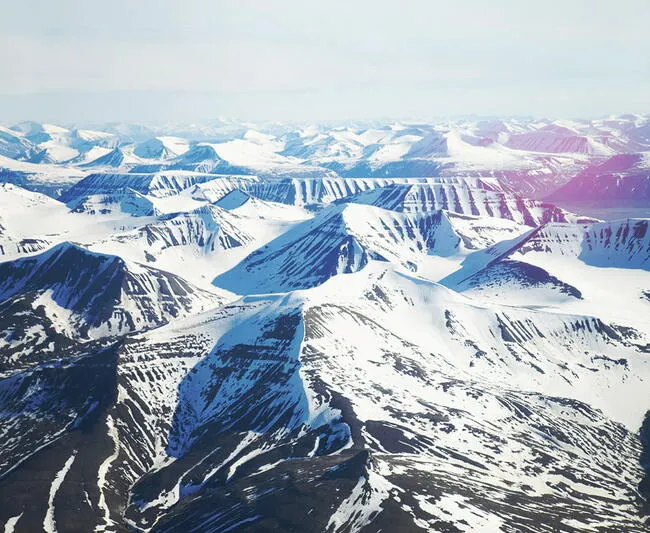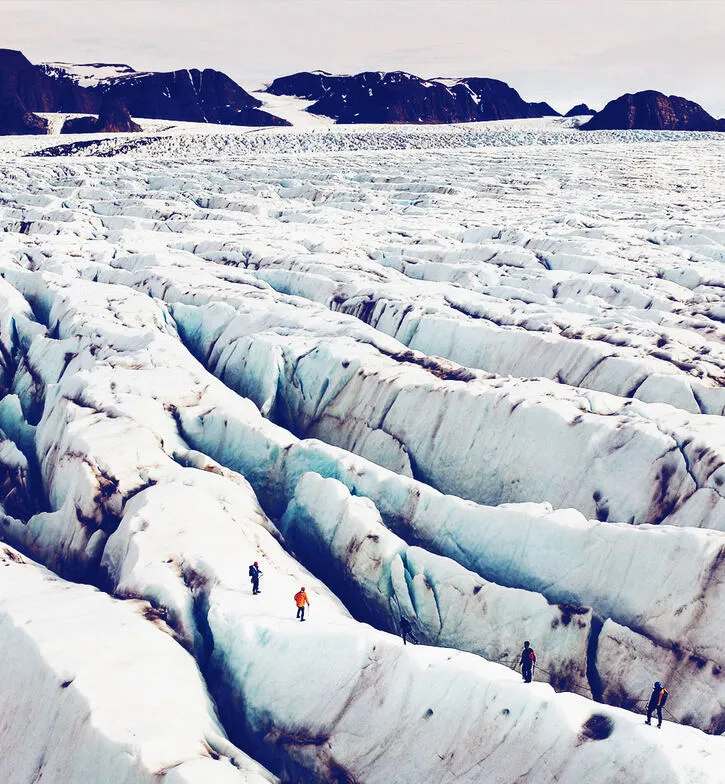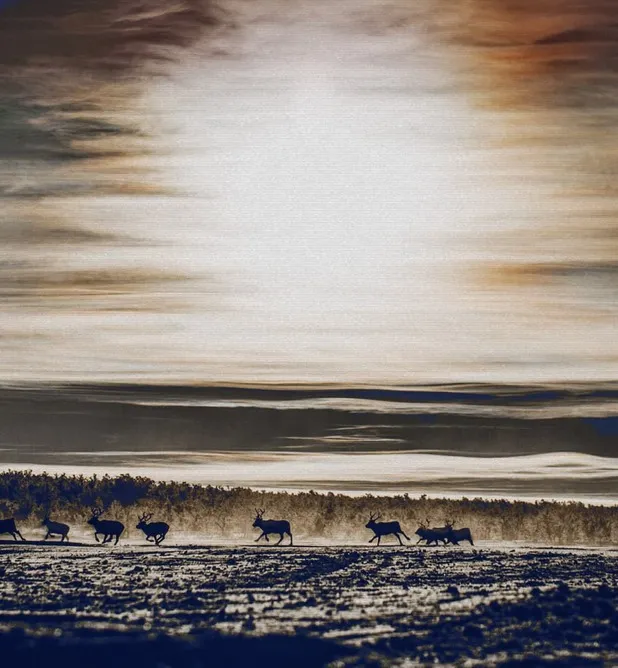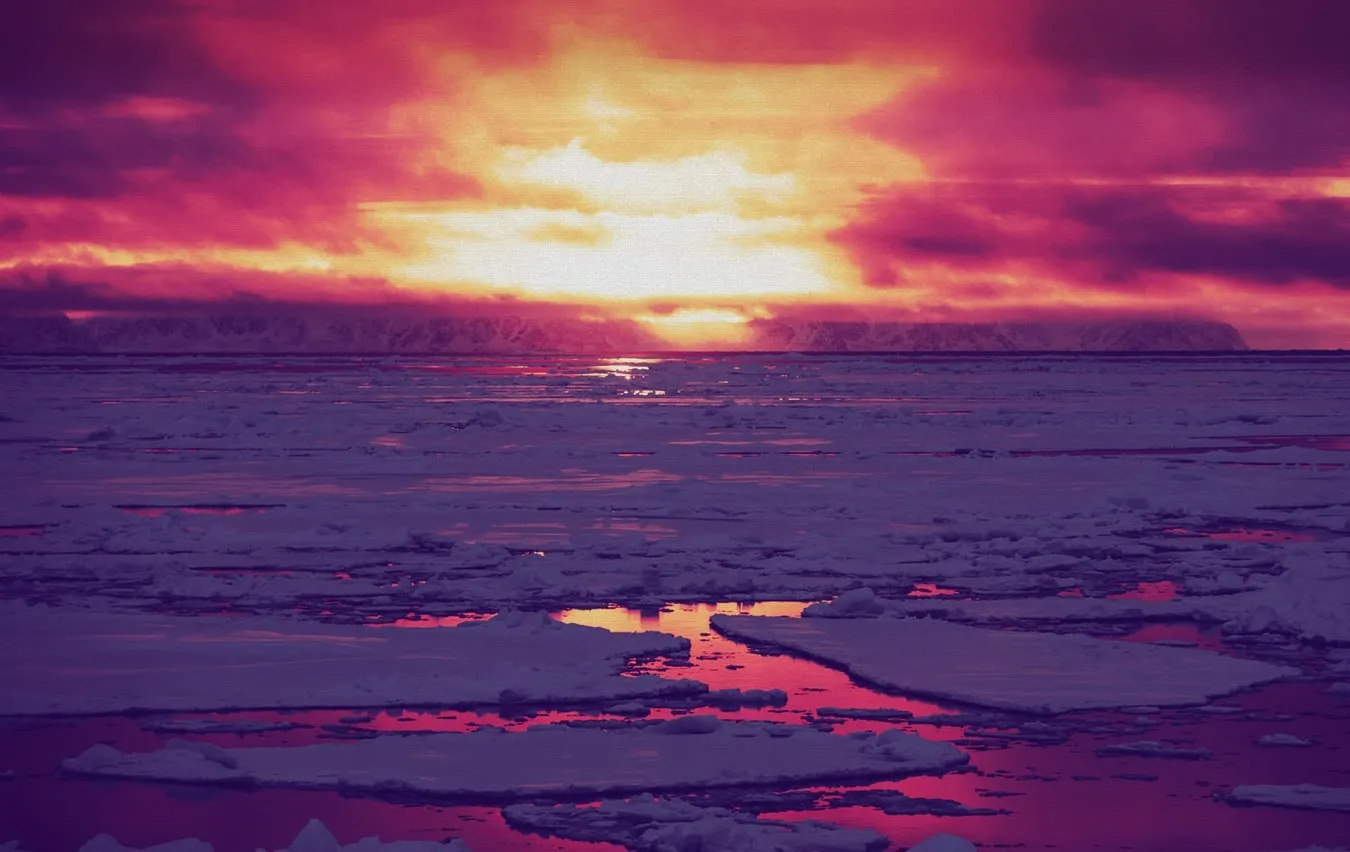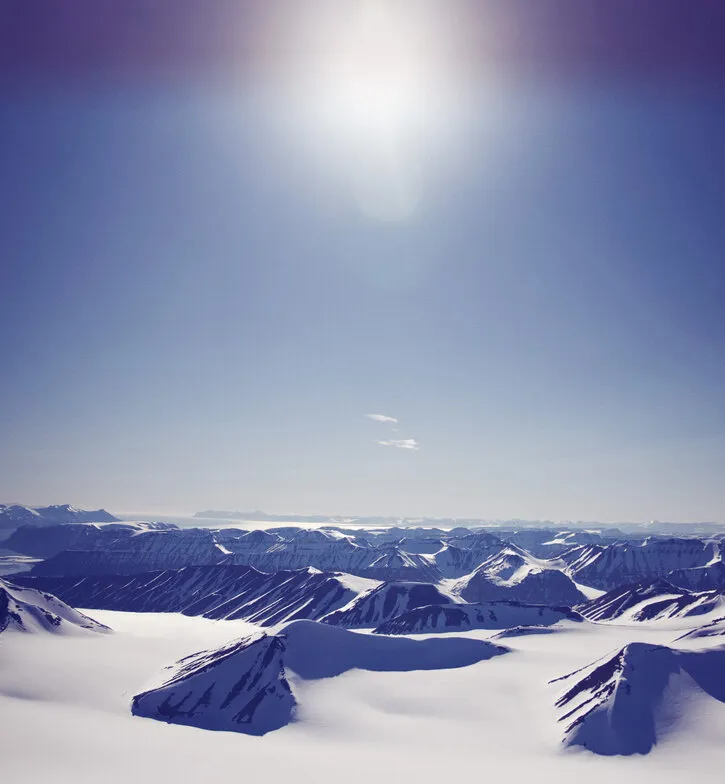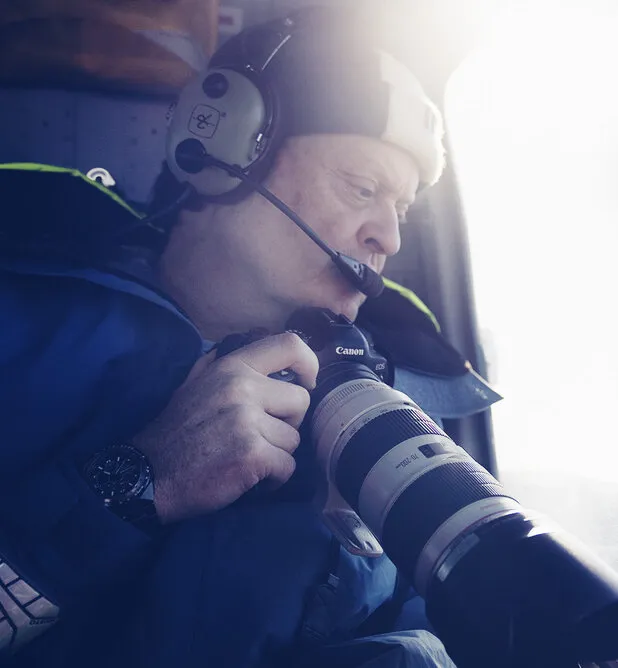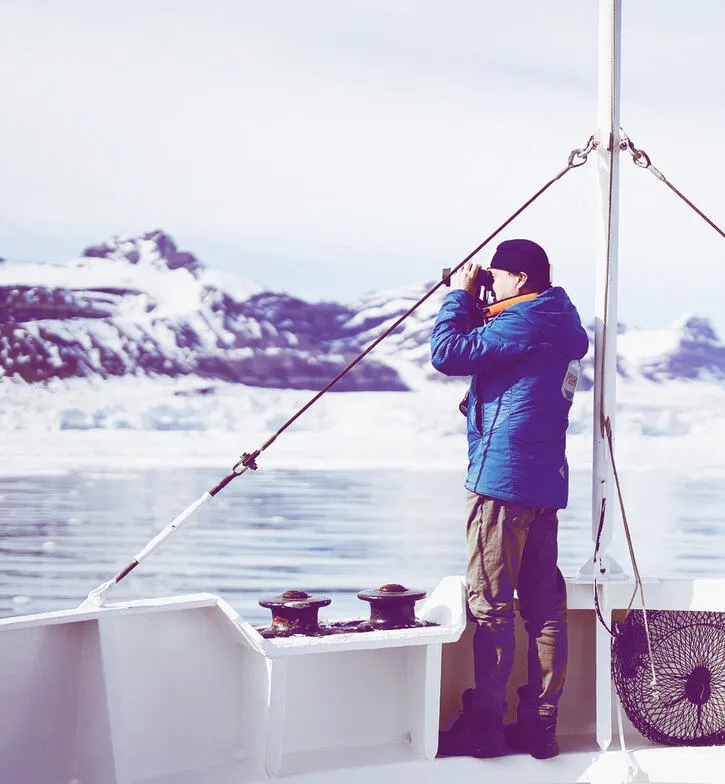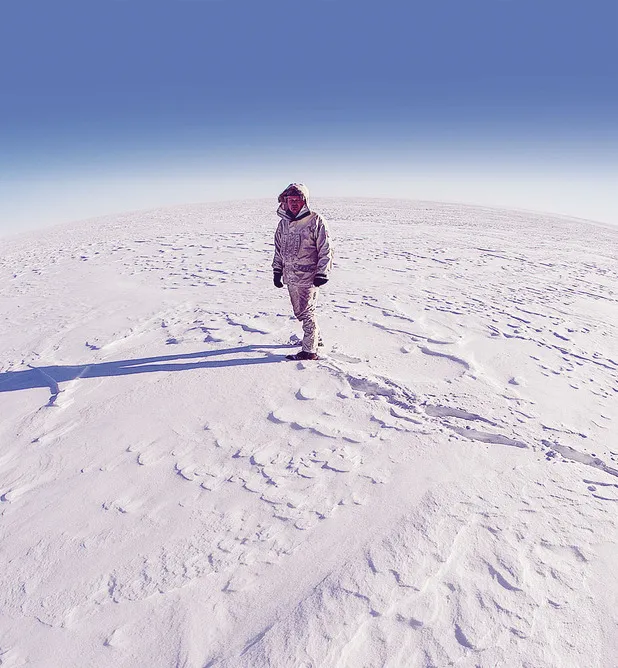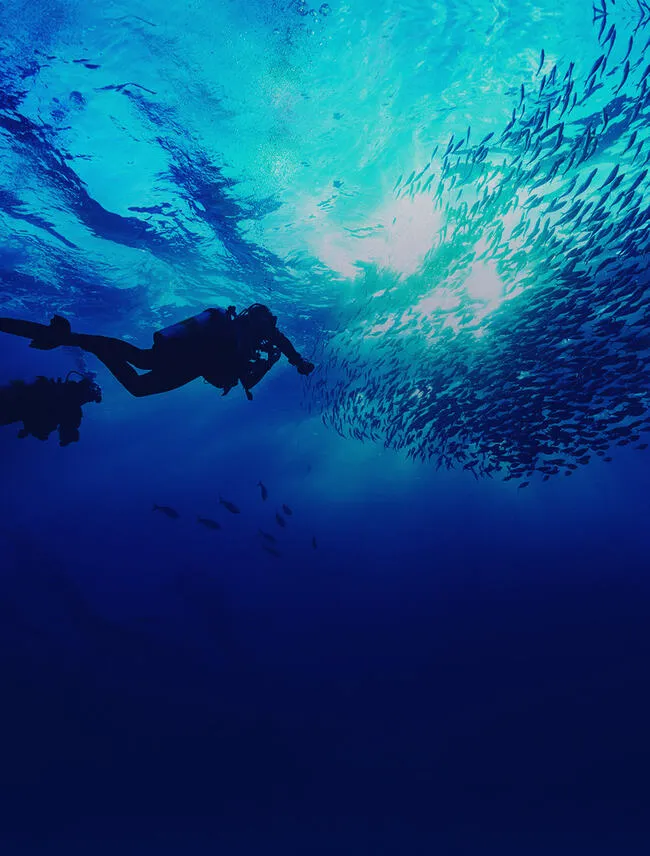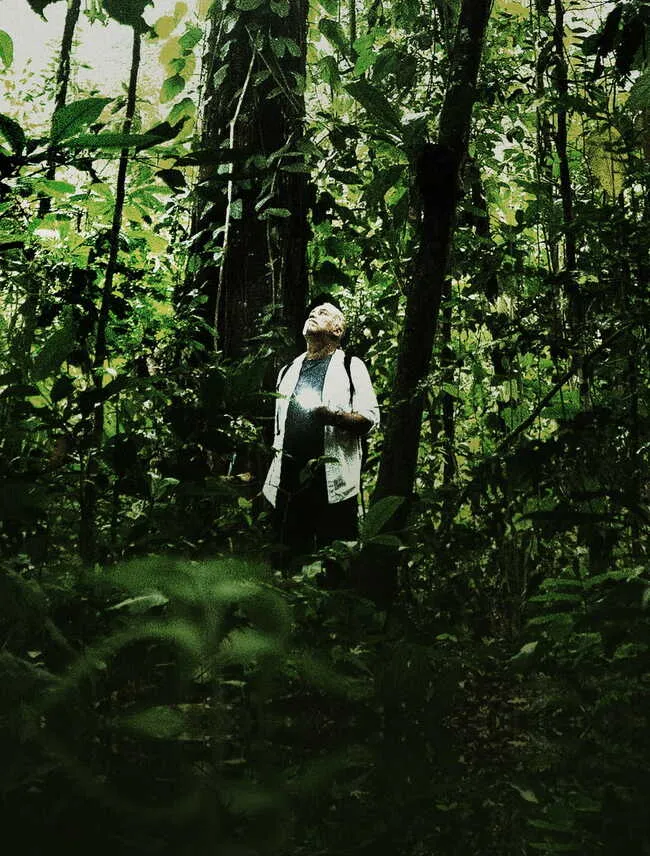“WE’RE OFTEN ON THE EDGE OF EXISTENCE AND ALWAYS PUSHING THE LIMITS.” “WE’RE OFTEN ON THE EDGE OF EXISTENCE AND ALWAYS PUSHING THE LIMITS.”
JASON ROBERTS JASON ROBERTS
“WE’RE OFTEN ON THE EDGE OF EXISTENCE AND ALWAYS PUSHING THE LIMITS.” “WE’RE OFTEN ON THE EDGE OF EXISTENCE AND ALWAYS PUSHING THE LIMITS.”
JASON ROBERTS JASON ROBERTS
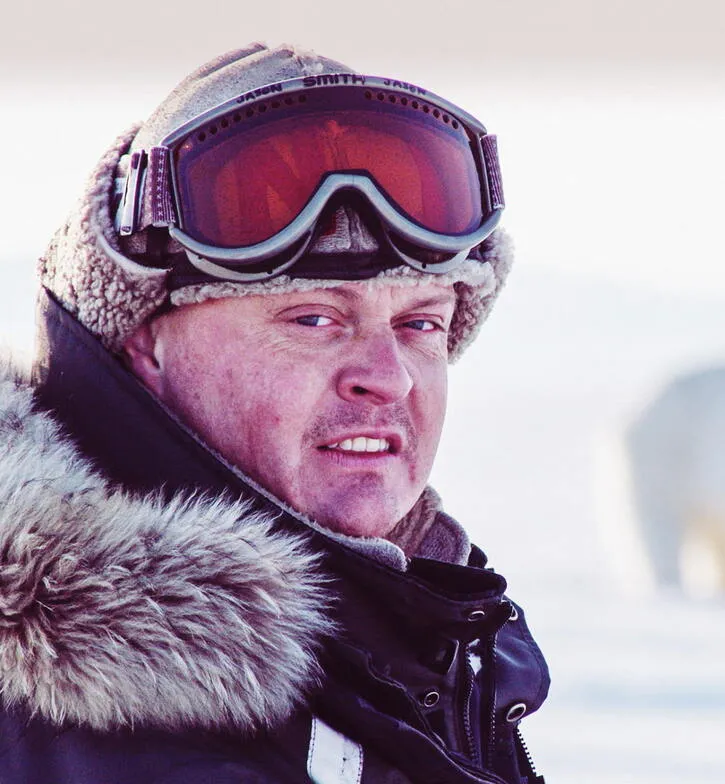
For anyone who loves outdoor adventure, Jason Roberts may just have the dream job. PolarX, his Svalbard-based company, provides logistical support and services to documentary and feature film crews creating content in harsh polar environments. Jason’s CV extends from the seminal BBC series Blue Planet (2001) and Frozen Planet (2011) through to blockbuster Hollywood action franchises. The job, however, is by no means all film-star glamour, with everyday challenges that include frostbite, inquisitive polar bears and long separation from family and friends. “We’re often working in terrible conditions. The longest wildlife filming expedition I’ve ever done was seven and a half months in a tent, and the coldest day was minus 58 Celsius!” Jason says.
While the nature documentary crews Jason works with are reasonably accustomed to these brutal conditions, it’s a different story with Hollywood film crews, especially in winter. “They’re stepping off planet Earth onto Mars; they may even be scared. Filming in these environments is much more about logistics and the safety of the crew than in traditional locations. We’re on the edge of existence and pushing the limits, so experience really matters! What we do at PolarX can’t be learned in a classroom,” Jason says. Nonetheless, the experience of the polar regions can be life-changing, with film crews returning home as “ambassadors for the wilderness” equipped with a new awe and appreciation of nature.
